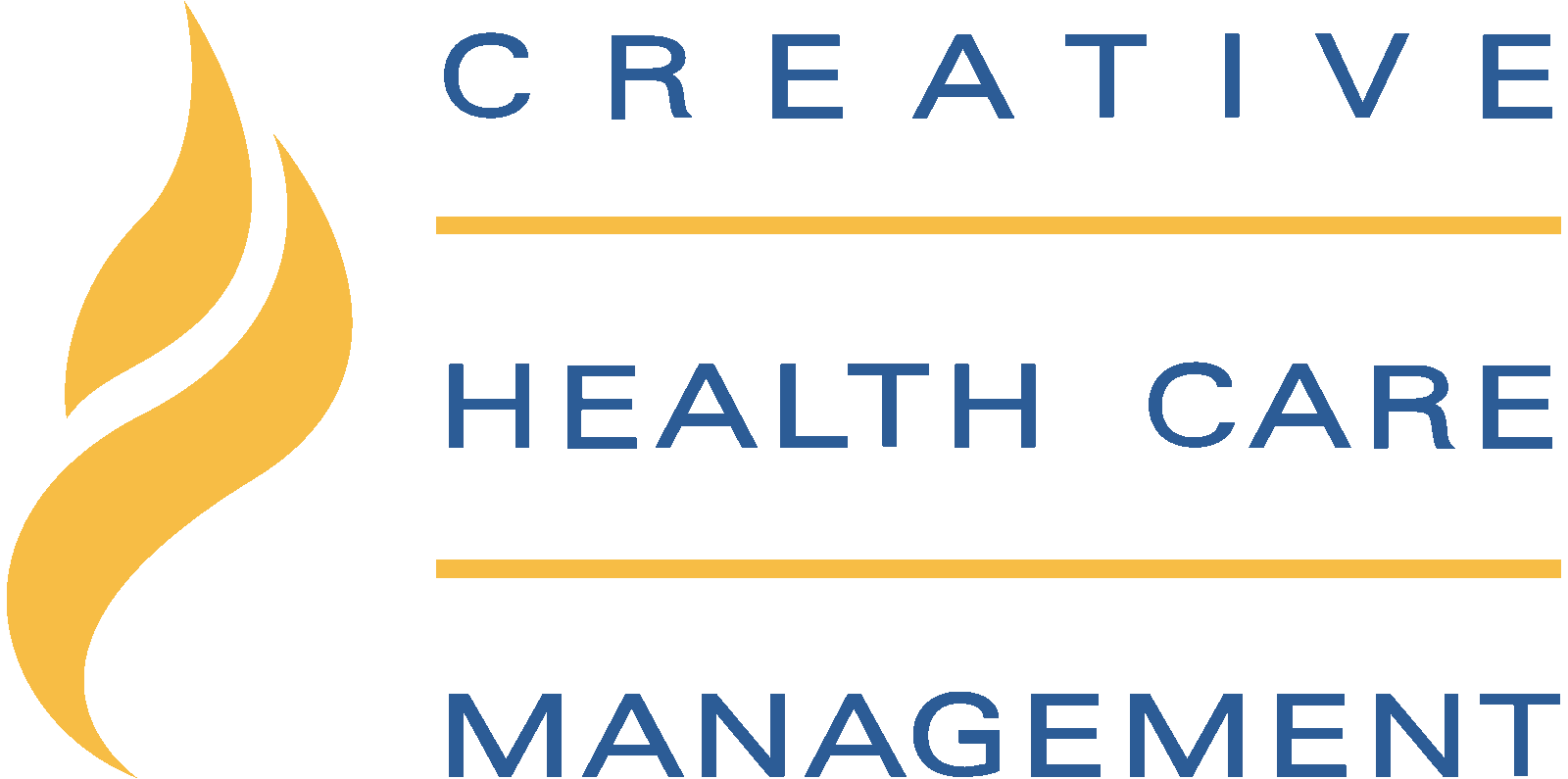At Creative Health Care Management, we’ve named 2025 the Year of Professional Practice—because we believe that continuous professional growth is essential to delivering excellent care. Two key tools in nursing professional development are peer review and peer feedback. While both are vital, they serve different purposes and follow different processes.
What Is Nursing Peer Review?
Nursing peer review is a structured process in which nurses of similar rank offer feedback to each other on patient care, using established standards of practice as a guide. Face-to-face discussions promote collaboration and mentorship, while written feedback allows nurse leaders to identify trends and areas for improvement in care delivery. This process is a shared effort among nurses to enhance patient outcomes and support professional growth through mutual learning. It is not a formal performance evaluation, nor is it linked to decisions about an individual’s role or compensation (University of Tulsa, 2024).
The Six Principles of Peer Review:
- Conducted by a peer (same rank/role)
- Focused on nursing practice
- Ongoing, timely, and expected
- Encourages a culture of learning and safety
- Feedback is not anonymous
- Considers the nurse’s developmental stage
How this looks in practice can vary from one organization to another.
In some settings, a Nursing Review of Practice Council is established. This council serves as a forum where cases related to nursing practice are reviewed by a group of peers. When a case is referred, the involved nurses often present the situation themselves, fostering transparency and shared learning in a supportive, non-punitive environment. If there are no active cases to review, the council may examine case studies instead—focusing on process improvement and reinforcing evidence-based practices across the organization.
What Is Peer Feedback?
The ANCC Magnet® Recognition Program (2021) defines peer feedback “An objective process of giving and receiving deliberate input to identify areas of strength and opportunities for improvement for a nurse peer”. Unlike peer review, peer feedback can be formal or informal, and while it may align with performance reviews, it can occur independently.
Key Differences Between Peer Review and Peer Feedback:
- Feedback focuses on insight and growth, not formal evaluation.
- Timing is flexible—what matters is how it’s done.
- It promotes self-awareness and helps guide professional goals.
What May it Look Like in Practice:
In organizations that align peer feedback with their core values or Nursing Professional Practice Model (PPM), the process becomes more than just evaluation—it becomes a reflection of the culture and standards that guide nursing care.
Peer feedback is structured around the key components of the organization’s PPM—such as collaboration, compassion, accountability, excellence, and evidence-based practice. These values serve as a framework for both giving and receiving feedback.
Nurses are invited to observe and reflect on their peers’ practice through the lens of these shared values. For example:
- A nurse may recognize a peer for demonstrating compassion through a meaningful patient interaction.
- Feedback may highlight how a colleague upheld accountability by speaking up for patient safety.
- A nurse might be encouraged to strengthen their collaborative practice after observing a challenging interdisciplinary interaction.
Who Is a Peer?
A peer doesn’t have to be someone from your department. It could be a nurse you collaborate with regularly, someone on a professional shared governance council, or a colleague from another unit with similar education or clinical expertise.
There are times when a nurse may not have an exact peer in the same role within the organization. Take, for example, a situation where there is only one Advanced Practice Registered Nurse (APRN) on staff. Who can serve as their peer for feedback? In these cases, it’s helpful to consider individuals with similar clinical expertise or educational backgrounds. A Clinical Nurse Specialist who collaborates with the APRN could be an appropriate choice, as could a master’s or doctoral-prepared clinical nurse, a nurse educator, or another advanced practice nurse in a different department. The same principle applies across all roles, including Nurse Directors—peer feedback can still be meaningful when it comes from someone with comparable experience, leadership responsibilities, or professional preparation.
Tips for Effective Peer Feedback (Roux, 2020):
- Keep it respectful and professional.
- Base it on firsthand observation.
- Share feedback privately.
- Focus on development, not judgment.
- Foster a safe, trusting environment.
- Summarize the conversation and offer continued support.
- Listen actively and with an open mind.
Giving and receiving feedback takes courage—but it’s also an opportunity. When done well, peer feedback strengthens relationships, builds trust, and enhances the culture of professional excellence.
Let 2025 be the year we grow together professionally and enhance and elevate our process for peer review and peer feedback.
If you have questions or need help with your peer feedback process, contact me at ssullens@chcm.com.
References
2023 Magnet Application Manual. (2021). American Nurses Credentials Center.
Roux, N. (2020). Peer-to-peer feedback. Nursing Management, 51(8), 9–11. https://doi.org/10.1097/01.numa.0000688972.66626.fd
Nursing peer review: Definition and example. Nursing Peer Review: Definition and Example | The University of Tulsa. (2024, July 30). https://online.utulsa.edu/blog/nursing-peer-review/
MSN, RN
Sara brings over 25 years of nursing experience and over 15 years of nursing leadership with her to Creative Health Care Management. She has served as a nurse manager as well as a Magnet Program Director where she led her organization to their first Magnet Designation.
Sara oversaw a centralized discharge call center, virtual admission, discharge nurses, and patient experience for the hospital and physician clinics. She saw many improved outcomes, including decreasing falls with injuries by 40%, by utilizing a shared governance approach. She also increased outpatient patient satisfaction by 50% through implementing discharge phone calls.


